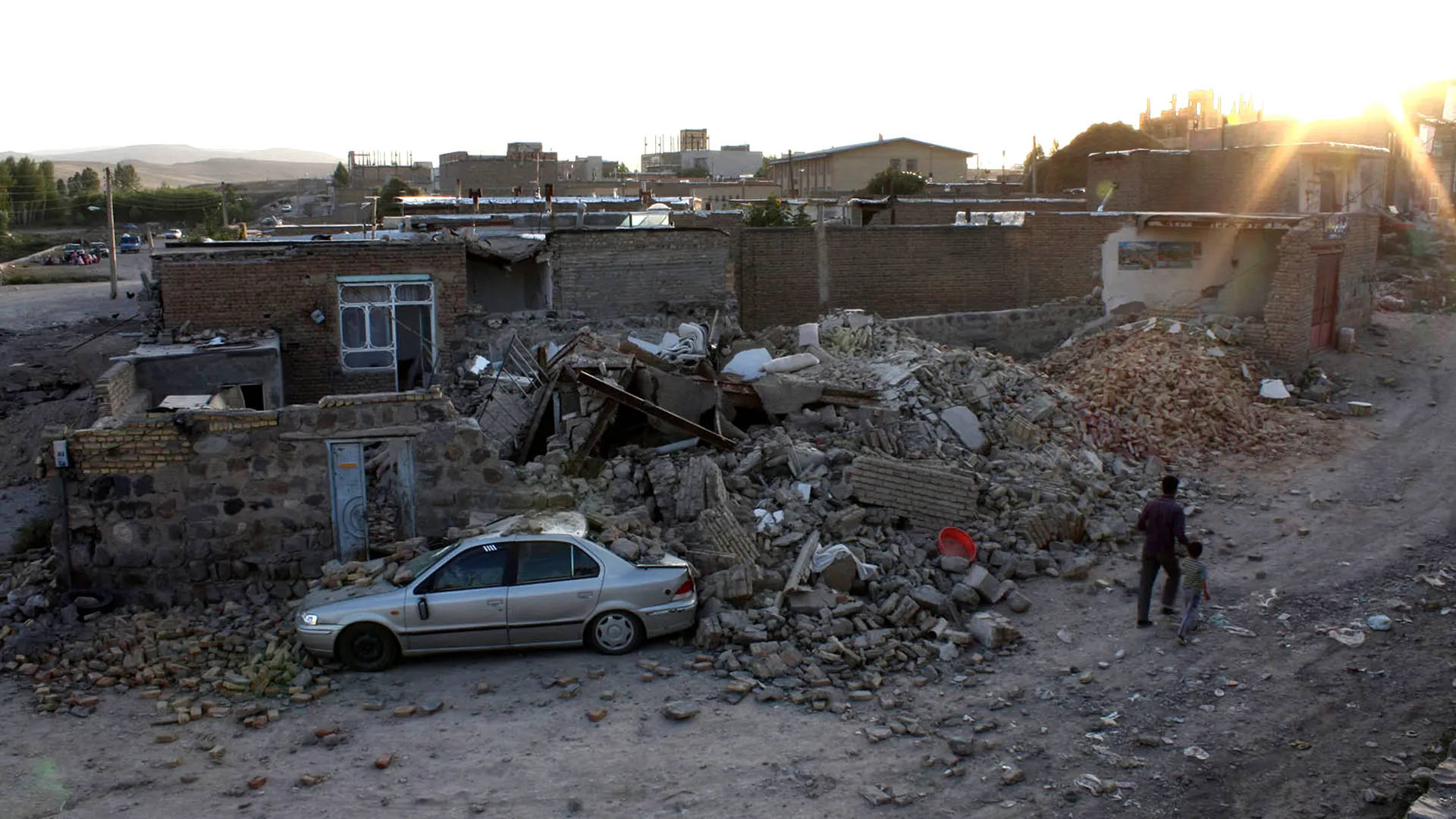Natural disasters have always played a powerful role in shaping the course of human lives, and among them, earthquakes remain one of the most sudden and destructive forces. For countries situated on fault lines, the danger is a constant reality. Iran, located in one of the most seismically active regions of the world, has faced numerous devastating earthquakes over the decades. Each incident not only leaves physical destruction behind but also imprints deep emotional and social scars.
Geological Background
Iran lies at the convergence of the Arabian and Eurasian tectonic plates. The movement of these massive plates beneath the earth’s surface creates stress along fault lines, eventually releasing energy in the form of earthquakes. This region is home to hundreds of faults, both known and undiscovered, making it highly vulnerable to frequent seismic activity.
Some of these earthquakes are mild, felt as brief tremors. Others, however, have been catastrophic, with widespread destruction, thousands of lives lost, and entire towns reduced to rubble. The mountainous terrain and dense urban settlements increase the impact, often turning a geological event into a human disaster.
A History of Disasters
Iran has endured numerous deadly quakes throughout its history. From the tragic 1990 Manjil–Rudbar earthquake that killed over 40,000 people to the 2003 Bam disaster that left the historic city in ruins, these events are stark reminders of nature’s unpredictability. In more recent years, smaller but still powerful earthquakes have continued to affect different provinces, displacing communities and testing national emergency systems.
The 2017 earthquake near the Iran-Iraq border was another shocking example. It measured 7.3 on the Richter scale and killed over 600 people while injuring thousands more. Homes, schools, and hospitals collapsed within seconds, leaving families without shelter and communities in mourning. The emotional trauma and recovery from such events can take years, sometimes generations.
Impact on Infrastructure and Daily Life
One of the most immediate and visible effects of an earthquake is the destruction of buildings and roads. In Iran, many homes are built with traditional materials that are not designed to withstand seismic shocks. Even in urban areas, building codes have often lagged behind modern safety standards. As a result, the destruction caused by earthquakes is often amplified.
Basic services like water, electricity, and communication lines are usually disrupted. Hospitals become overcrowded or nonfunctional, making emergency response difficult. Schools are closed indefinitely, markets collapse, and public transportation halts. In rural areas, the impact can be even worse, with entire villages becoming inaccessible due to landslides and damaged roads.
Human Cost and Psychological Toll
While statistics focus on numbers—casualties, injuries, economic losses—the human story runs deeper. Survivors often face the loss of family members, homes, and livelihoods. Children are particularly vulnerable, not just physically but emotionally. The sense of safety and normalcy they once had is replaced by fear and uncertainty.
Mental health support becomes essential, yet in many areas, it is either unavailable or under-resourced. In the aftermath of a disaster, survivors need more than just food and shelter—they need compassion, support, and long-term counseling to rebuild their lives.
Government Response and Community Action
Over time, Iran has made strides in improving its disaster preparedness. Government agencies, supported by the military and humanitarian organizations, are often quick to respond. Emergency supplies are flown in, temporary shelters are set up, and medical teams are deployed.
However, the response is not always uniform or efficient. Delays, miscommunication, and a lack of coordination can slow down recovery efforts. Corruption and bureaucracy have sometimes hampered aid delivery. Despite this, local communities often rise to the occasion, helping each other through the worst moments. Volunteers, non-profits, and even private citizens play a vital role in relief and rebuilding.
The Role of International Aid
Following major earthquakes, many countries and international organizations offer assistance. This includes financial aid, medical supplies, rescue teams, and reconstruction support. Although political tensions have occasionally complicated these efforts, the spirit of humanitarianism usually prevails.
Aid from foreign nations has often filled critical gaps during emergencies, especially in rural or hard-to-reach areas. However, long-term recovery still depends heavily on national planning and sustainable development strategies.
Moving Toward Preparedness
Earthquakes cannot be prevented, but their impact can be reduced. Awareness campaigns, better building regulations, and early-warning systems are key to minimizing future tragedies. Iran has made some progress in these areas, especially after past disasters sparked public demand for action.
Education is also a powerful tool. Teaching children and adults what to do before, during, and after an earthquake can save lives. Conducting regular drills and promoting risk-reduction strategies can help communities become more resilient.
Conclusion
The story of an Iran earthquake is not just about destruction—it is also about the strength of human spirit. From the rubble of broken cities rise stories of survival, courage, and compassion. While nature may strike without warning, how a society responds and recovers defines its true strength.
As Iran continues to face this natural threat, its journey is one of learning, adapting, and preparing. In every tragedy, there is a lesson. In every loss, there is a call for change. And in every community affected, there remains a will to rise again—stronger, wiser, and united.













Comments are closed